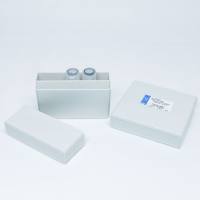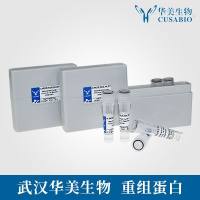Analysis of Bases, Nucleosides, and (Oligo)nucleotides by Capillary Electrophoresis
互联网
486
This chapter reviews the CE analysis of bases, nucleosides, and single-stranded (oligo)nucleotides. The analysis of double-stranded DNA and the technology associated with capillary gel electrophoresis (CGE) is covered elsewhere in this book (Chapter 13 ) and in recent reviews (1 –3 ). A number of nucleosides and nucleotides have been used in chemotherapy as antiviral agents, e.g., 3′-azido-3′-deoxythymidine (azT), and 2′,3′-dideoxyinosine (ddI), and 2′,3′-dideoxycytidine (ddC) in the treatment of AIDS. Quantitative methods for nucleotides within cells are of interest in clinical studies dealing with therapeutic drug monitoring or cell metabolic studies. Detecting base damage within DNA is increasingly used with a variety of sensitive, high-resolution analytical methods (4 ). Oligonucleotides are used in a variety of applications, e.g., hybridization probes, gene cloning, primers for DNA sequencing and PCR, DNA fingerprinting, and antisense therapeutic reagents. Traditionally, chromatographic methods (ion-exchange-, ion-pairing, and re versed-phase LC) or enzymatic methods have been used for purification and purity analysis of synthetic oligonucleotides (5 ); classical electrophoretic methods are also used for this purpose, as well as for the analysis of large (kilo to megabase-sized) DNA and RNA (6 ). In 1983, Tsuda et al. (7 ) were the first to report a capillary zone electrophoresis (CZE) separation of nucleotides. Studies involving micellar electrokinetic chromatography (MEKC) followed in the mid-80s (see Section 3. ). Recent progress in capillary gel electrophoresis (CGE—see Section 5. ) now routinely permits high-resolution separations of oligonucleotides, for example, for purity control of synthetic products. In this chapter, first CZE and MEKC examples of bases, nucleosides, and nucleotides are discussed in which UV absorbance is used as the detection method. Work in which methods other than UV absorbance are used (e.g., laser-induced fluorescence—LIF) is reviewed next, followed by a discussion of the separation of relatively small (<150 bases) oligonucleotides and large (150–800 bases) polydeoxyoligonucleotides. To the best of our knowledge, CE has not been routinely applied yet to cellular RNA analysis (e.g., ribosomal RNA) and will therefore not be discussed in this chapter.









